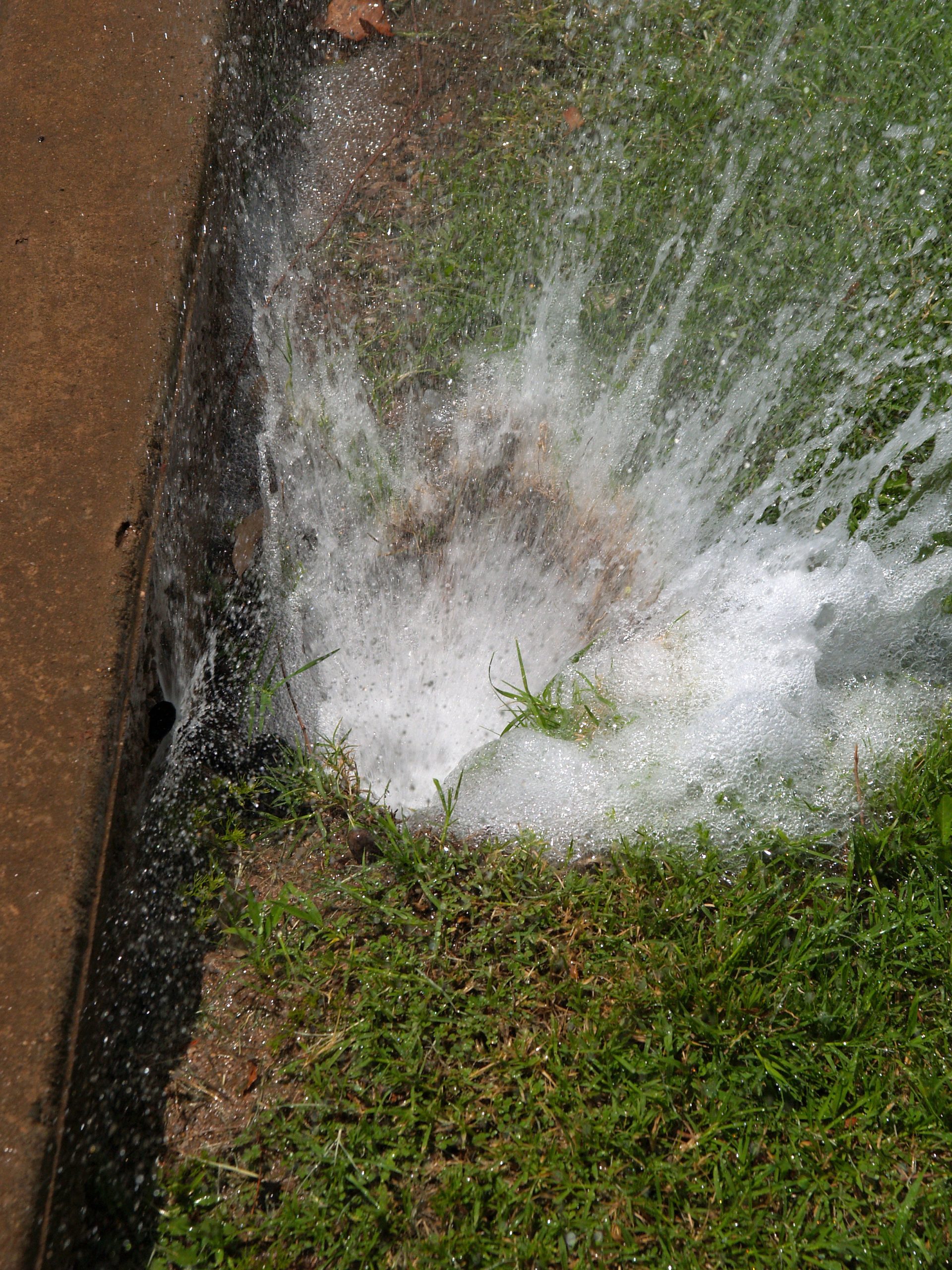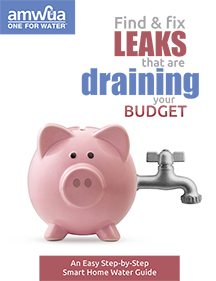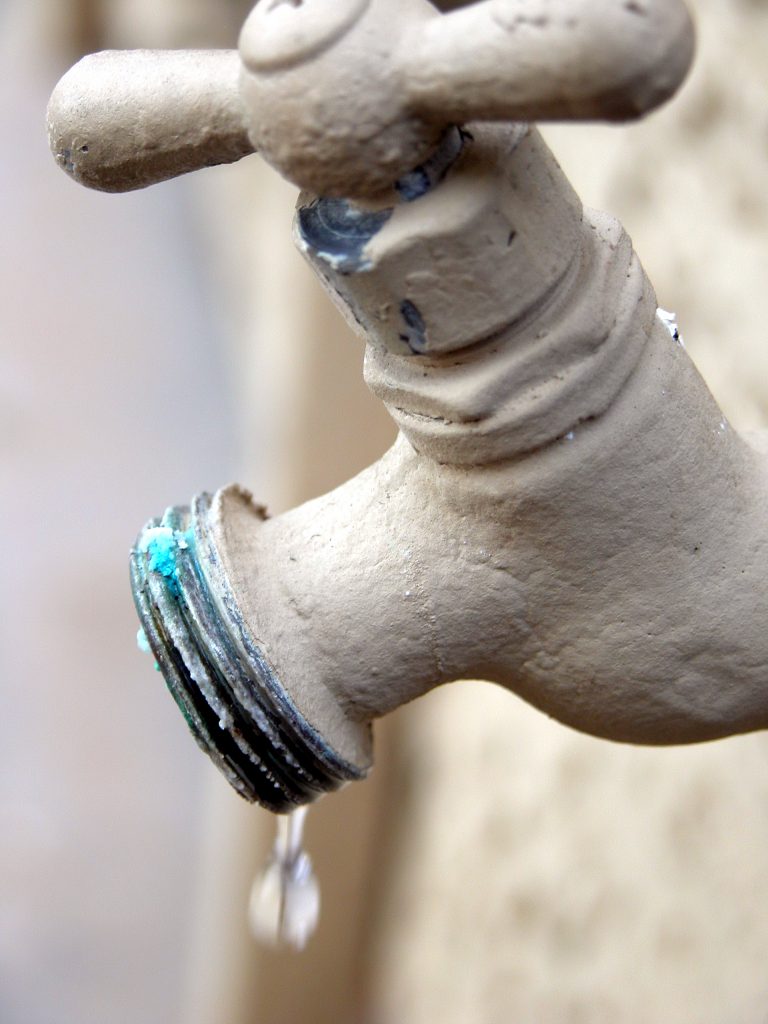Winter is one of the easiest times to save water and money. Here are our top tips to save water indoors and out during cooler months:
Perform Outdoor Checks
 Your irrigation system provides a lifeline to the plants in your landscape; remember to include it in your regular maintenance routine. To water your landscape efficiently, your irrigation system must be working properly and timed to water efficiently. At least twice a year, perform a thorough check of all parts of your irrigation system and be sure to adjust your irrigation controller as your plants’ water needs change seasonally.
Your irrigation system provides a lifeline to the plants in your landscape; remember to include it in your regular maintenance routine. To water your landscape efficiently, your irrigation system must be working properly and timed to water efficiently. At least twice a year, perform a thorough check of all parts of your irrigation system and be sure to adjust your irrigation controller as your plants’ water needs change seasonally.
This month is a great time to perform a thorough check of your irrigation system and make improvements.
- Once your winter rye has germinated, you can cut back on the watering frequency! Water needs for plants in winter are only one-third the amount needed compared to the summer months. In fact, you can cut back the watering amounts to all of your landscape plants. Water needs for plants are only one-third the amount needed compared to the summer months. See how to change your timer on our Timing is Everything page.
- Check for leaks by looking for soggy ground or eroded soil.
- Replace broken sprinkler heads and check that sprinkler spray is not blocked by grass or other obstructions.
- Fix or replace clogged or missing emitters, and move emitters out to the dripline as trees grow.
- Rainwater is very beneficial for your plants, and it’s free. You can harvest rain by contouring your yard with small berms, channels, or swales to direct water runoff to your plants. Learn more on our Rainwater Harvesting resource page.
- Find even more tips on page 16 of our Landscape Watering by the Numbers.
Add Mulch
Many of the plants in your landscape naturally go dormant during the winter months and use this time to rest and build up energy for the spring growing season. Now is a great time to reapply mulch 3-4 inches deep around trees, shrubs, and other landscaping plants, including for those in pots or containers. Mulch will insulate the plants during the colder temperatures and reduce water evaporation now and during the hotter summer months. Remember to keep mulch a few inches away from the trunk of trees or the main stem of plants as it can cause disease problems.
Perform Indoor Checks
 Did you know that toilets account for about 25 percent of all water used inside the home and that toilet leaks are the most common type of leak found indoors? But, don’t forget to check those dripping faucets and showerheads. Even a slow leak at the rate of one drip per second can waste more than 250 gallons a month. Learn more about how to find and fix leaks in your home in the Smart Home Water Guide.
Did you know that toilets account for about 25 percent of all water used inside the home and that toilet leaks are the most common type of leak found indoors? But, don’t forget to check those dripping faucets and showerheads. Even a slow leak at the rate of one drip per second can waste more than 250 gallons a month. Learn more about how to find and fix leaks in your home in the Smart Home Water Guide.
Calculation of Sewer Fees from Winter Average Use
The city of Avondale, as well as many other Valley cities, base their estimate of your household’s monthly sewer usage upon your household’s average monthly water consumption during the previous winter — typically the three lowest water usage months of the year. The winter months are when measuring takes place because that is when the highest percentage of water use is indoors and is returned to the sewer system. The average monthly water usage billed during December, January and February becomes your winter average, and this is the maximum amount of gallons you can be charged per month for sewage for the next 12 months. Check with your municipality to see how your sewer fee is calculated and which months apply to you.
All the above suggestions are simple to accomplish over the course of the fall and winter months, taking the time to prepare now may save you money on your water bill for the coming year – and save water, too!
Take a look at these other related articles:
- Mulch Much? Take Your Plants from Stressed to Best-Dressed
- Turn Off Those Timers – But for How Long?
- Home Water Challenge
Esmie Avila is a conservation specialist with the city of Avondale, Arizona, one of 20 Water – Use It Wisely partners to offer water-saving advice and programs.


